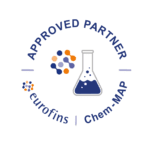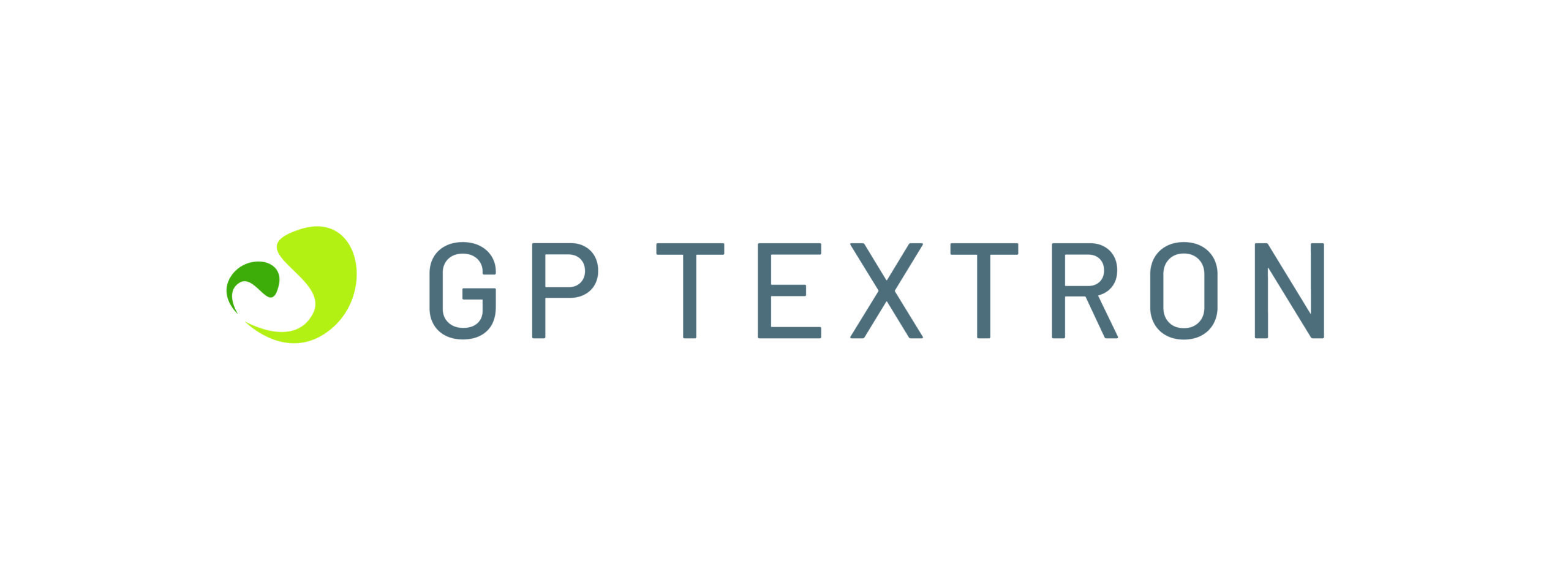Chemical testing and analysis of textiles is vital for regulatory compliance and to understand the quality and composition of chemical substances and materials that are used in products.
In the current textile and apparel industry, the difficulty in controlling diverse health or environment-related chemical hazards exists not only in the vast volume of chemicals used in the manufacturing process, but is also due to the complexity and multi-tiered textile supply chain which involves diverse suppliers worldwide. As a result, chemical information is not always transparent, with some suppliers lacking awareness and competence to manage chemicals effectively.
Alongside legislation such as REACH and California Proposition 65, many businesses and associations create Restricted Substances Lists (RSL) and declarable substances lists to provide an inventory of maximum recommended limits of known hazardous substances within their products. While in many cases the RSL allows for a trace amount of a restricted chemical to be present, the fundamental goal is to eliminate restricted substances in supply chain and products. The RSL identifies chemical substances that are legally restricted throughout the world and restricts chemical substances to achieve best practices in the textile industry.
In addition to existing RSLs, there is now an increased pressure in the textile industry to introduce compliance to Manufacturer’s Restricted Substance Lists (MRSL) throughout the supply chain.
An MRSL targets all chemicals used in the manufacturing process of a product, while an RSL targets only the chemicals that end up in the finished product. RSLs are important to ensure compliance with legislation, however under an RSL, a garment can still be produced using harmful chemicals, or washed until legal RSL limits are achieved. In comparison, an MRSL doesn’t allow for this as all chemicals used in the entire manufacturing process are required to be controlled.
In conclusion, an MRSL can be considered as more comprehensive than an RSL as it goes beyond just restricting substances found in the finished product.
The ZDHC Manufacturing Restricted Substances List (ZDHC MRSL) is a list of hazardous chemical substances; these substances are banned from intentional use in facilities processing textile materials, leather, rubber, foam, adhesives and trim parts in textiles, apparel, and footwear. Using chemical formulations that conform to the ZDHC MRSL allows suppliers to assure themselves, and their customers, that banned chemical substances are not intentionally used during production and manufacturing processes.
The ZDHC MRSL goes beyond the traditional approaches to chemical restrictions, which only apply to finished products (RSL). This approach helps to protect consumers while minimising the possible impact of banned hazardous chemicals on production workers, local communities, and the environment.
Chemical formulations covered by restrictions in the ZDHC MRSL include, but are not limited to, cleaners, adhesives, paints, inks, detergents, dyes, colourants, auxiliaries, coatings and finishing agents used during raw material production, wet processing, process machinery maintenance, wastewater treatment, sanitation, and pest control. ZDHC MRSL limits apply to substances in commercially available formulations, not those from earlier stages of chemical synthesis.
The ZDHC MRSL offers brands and suppliers a single, harmonised list of chemical substances banned from intentional use during manufacturing and related processes in supply chains of the textile, apparel, and footwear industries.
 Chemical companies supplying the textile industry with chemical formulations can partner with Eurofins |Chem-MAP and become certified.
Chemical companies supplying the textile industry with chemical formulations can partner with Eurofins |Chem-MAP and become certified.
The Eurofins | Chem-MAP certification team works with chemical manufacturers on attaining ZDHC MRSL V2.0 conformance levels (1, 2 or 3). Once certified, manufacturers can list chemicals on the ZDHC gateway – the world’s largest database dedicated to enabling safer choices of chemical products for the textile, apparel, and footwear industries.

Eurofins | Chem-MAP are excited to share that Codyeco S.p.A have been successfully re-certified against ZDHC MRSL V3.1 for over 700 products in their leather portfolio. This is in accordance with Eurofins | Chem-MAP Protocol 5.0 and the most recent conformity guidelines issued by ZDHC in November 2022. ‘Codyeco S.p.A...
Published 22nd May 2025 Read more
